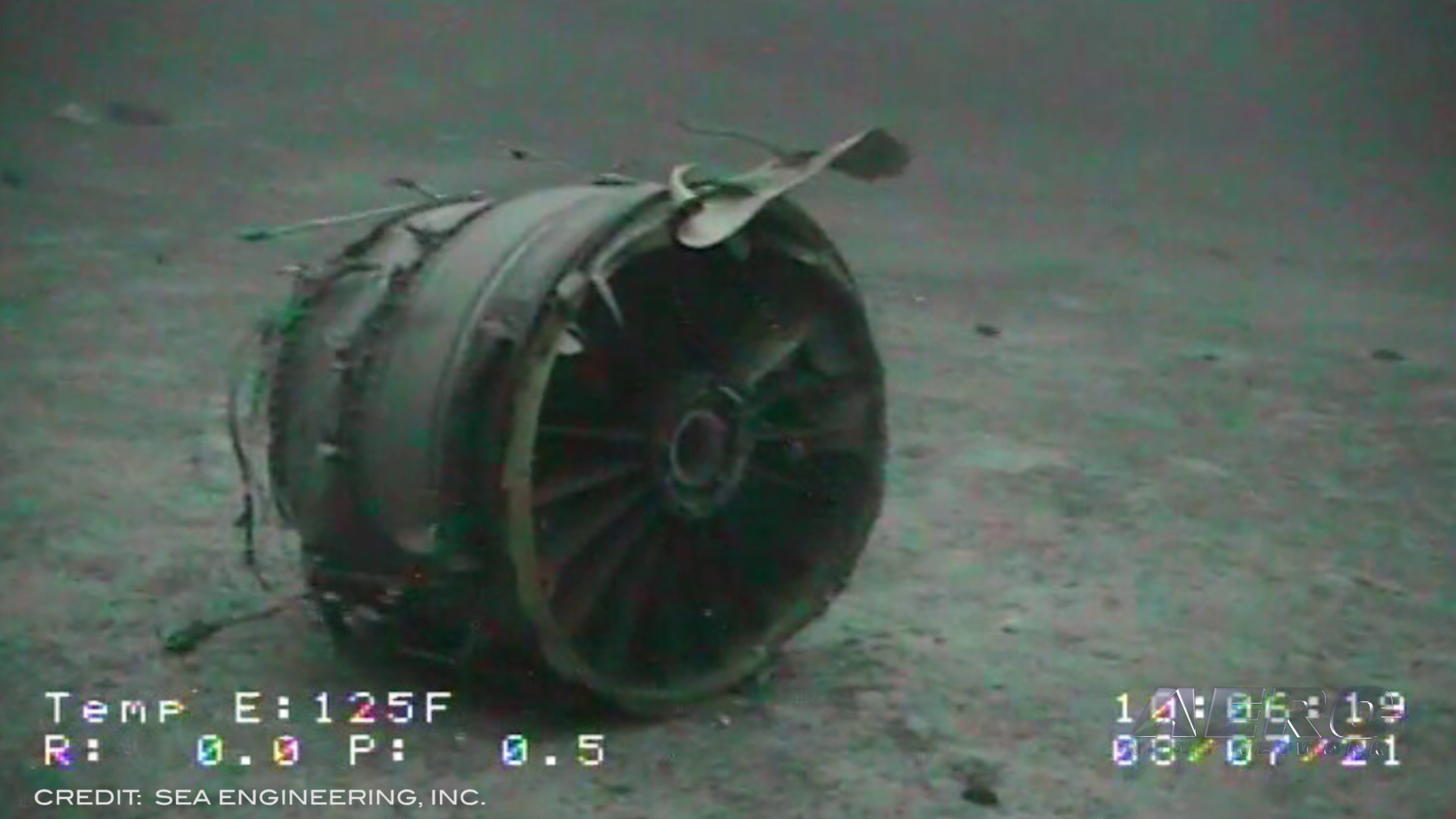
Also: Beijing Declines Boeing, Bell Textron Canada, Kent Pietsch, 737 Dive Site
Sealand Aviation anticipates the first flight of their modified DHC-2 Beaver shortly. One of their De Havilland Beavers has been outfitted with the RED A03 engine developed by RED Aircraft in Germany. The RED A03 is now undergoing checks and calibration and has already been fixed to the airframe. The next steps include the aircraft undergoing further maintenance such as custom-made cowling and the installation of the Full Authority Digital Engine Control. Autel Robotics announced their newest evolution in the Evo Drone series with the Evo Lite and Evo Nano. The carbon-legged Evo Lite weighs 1.8 pounds and offers a 1” CMOS sensor and 4-axis gimbal for its improved camera. Th
